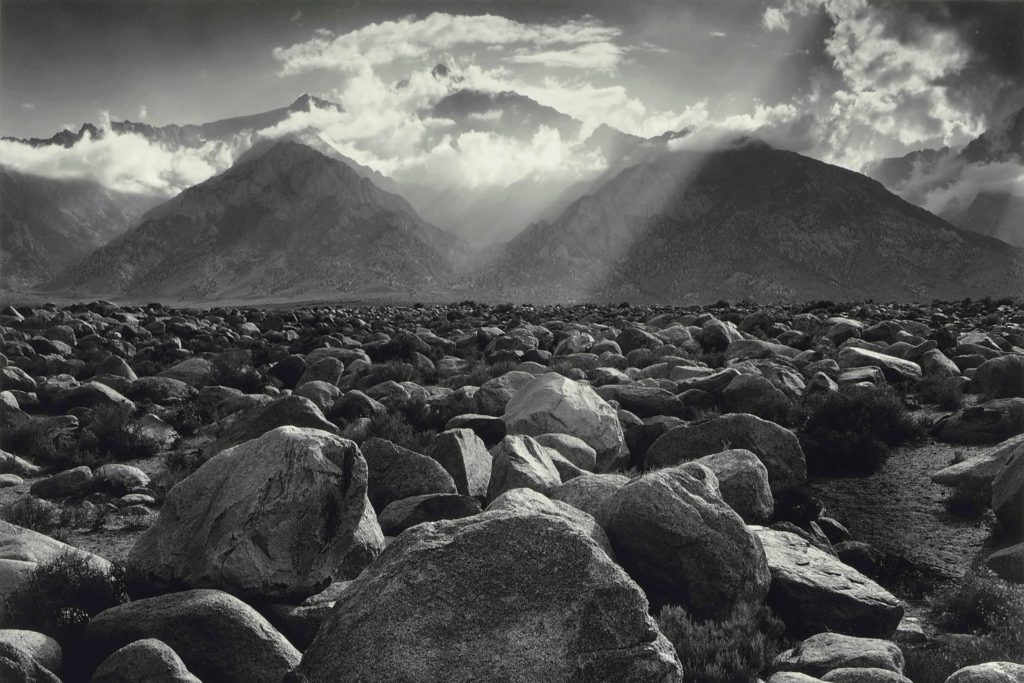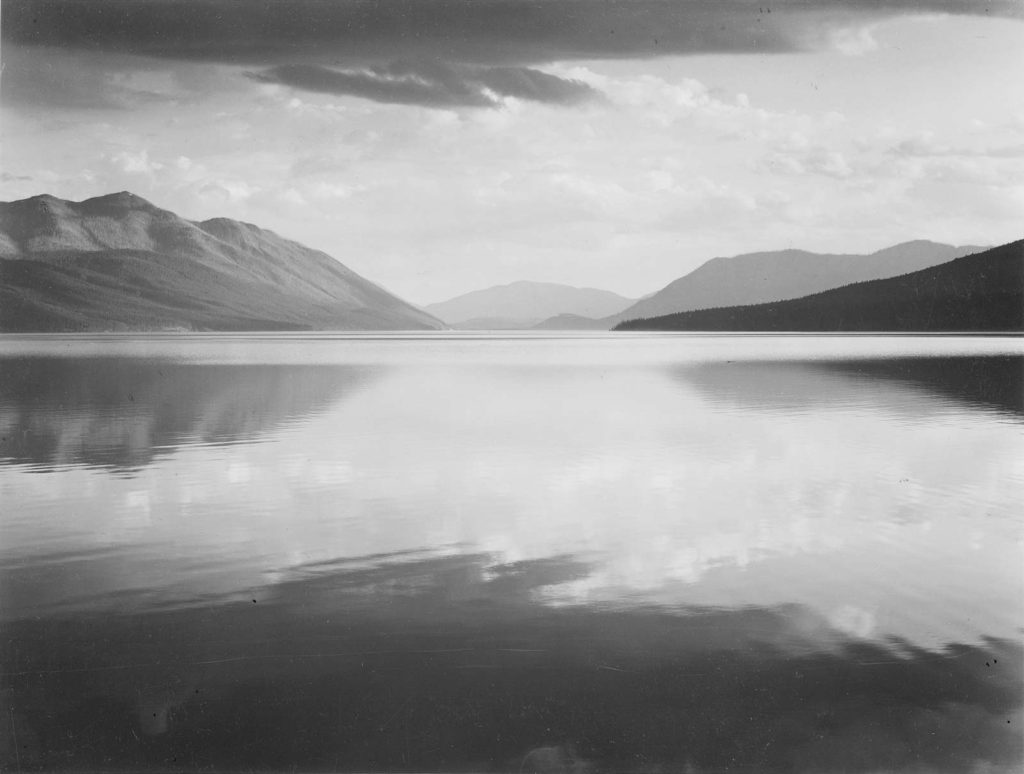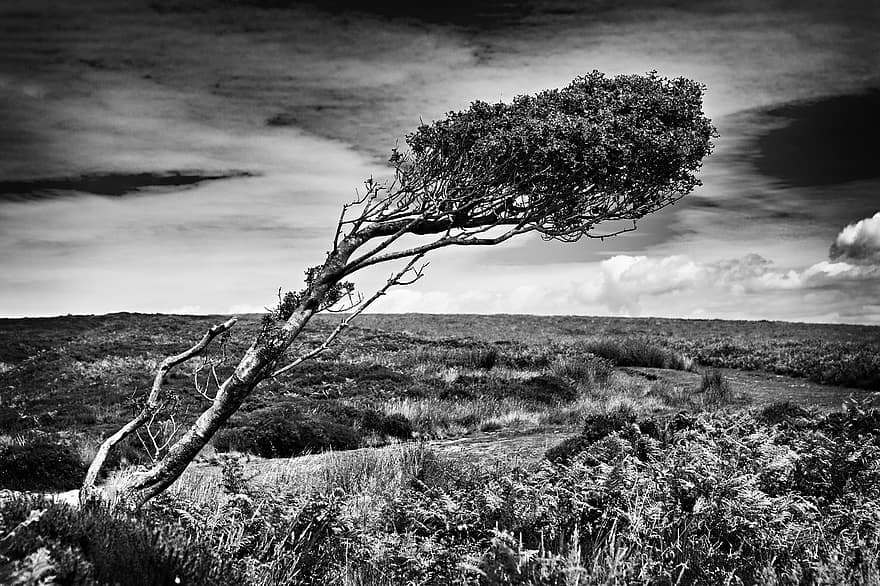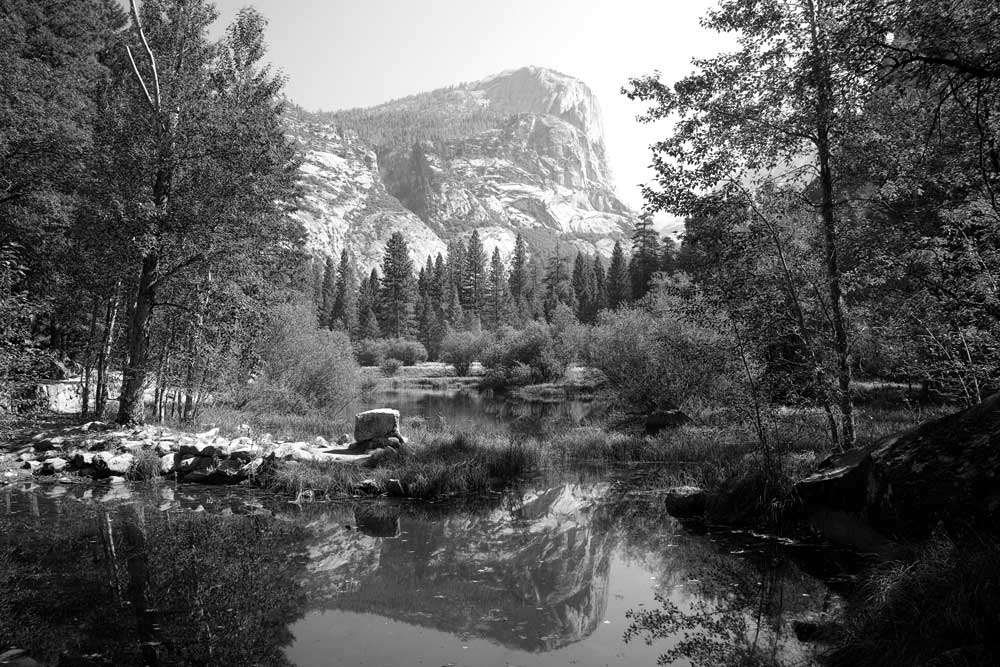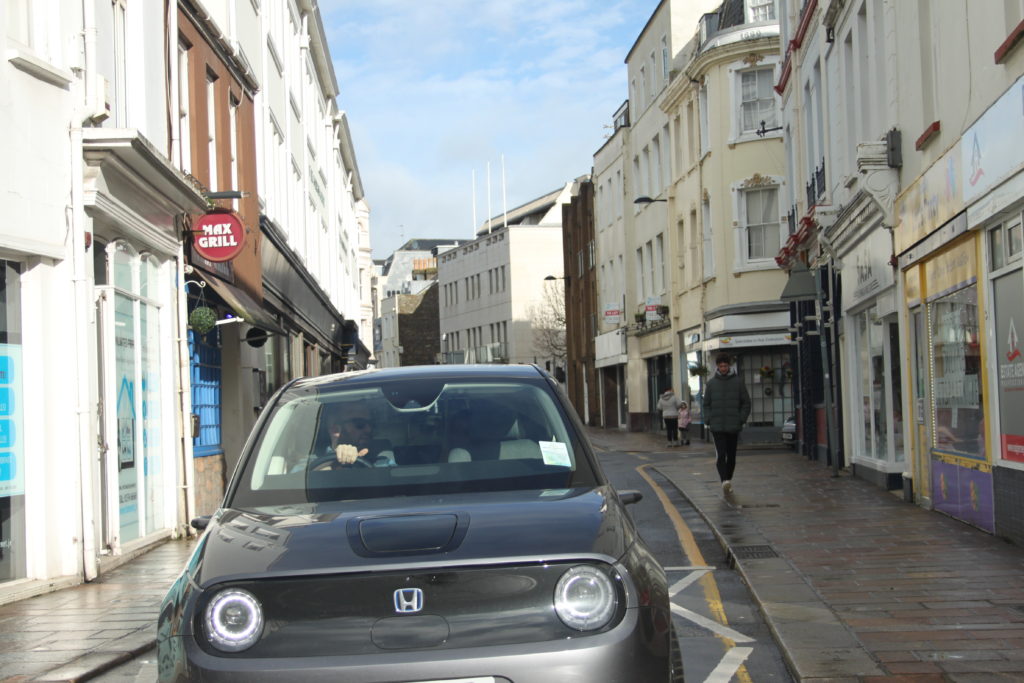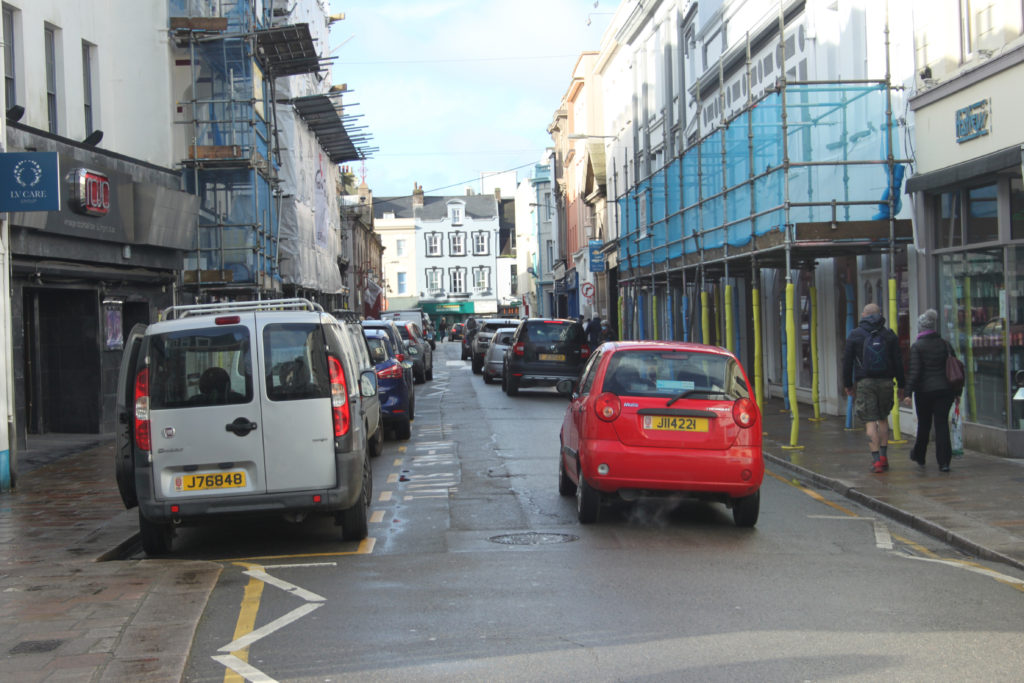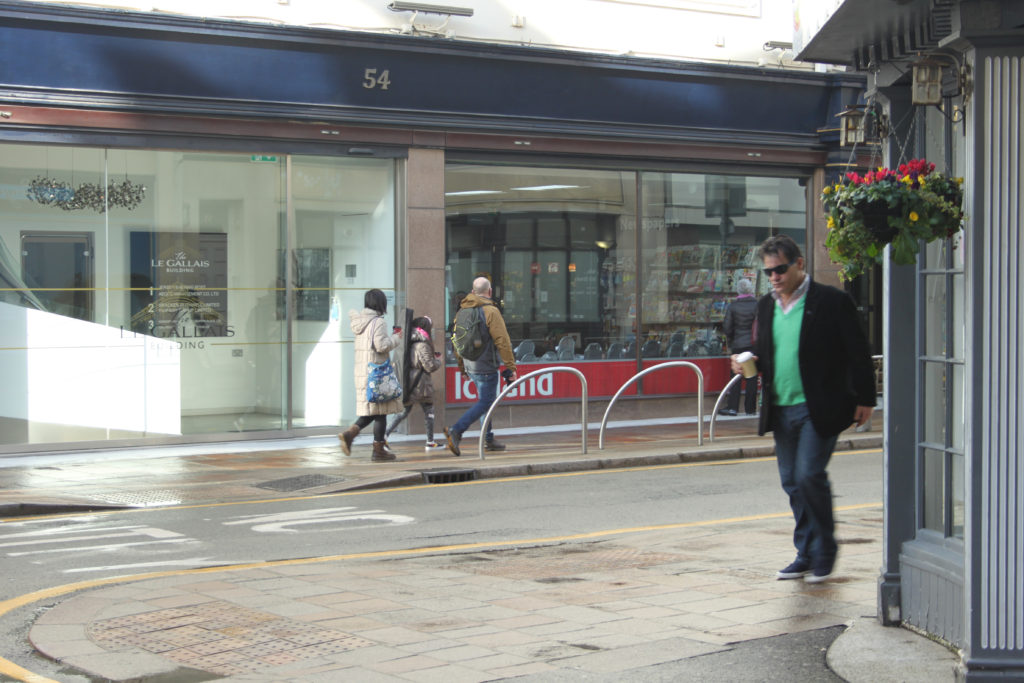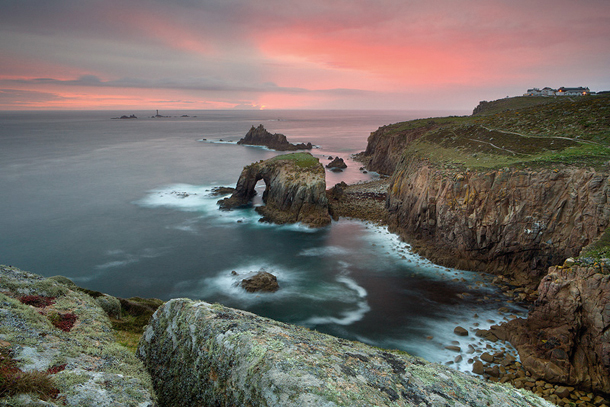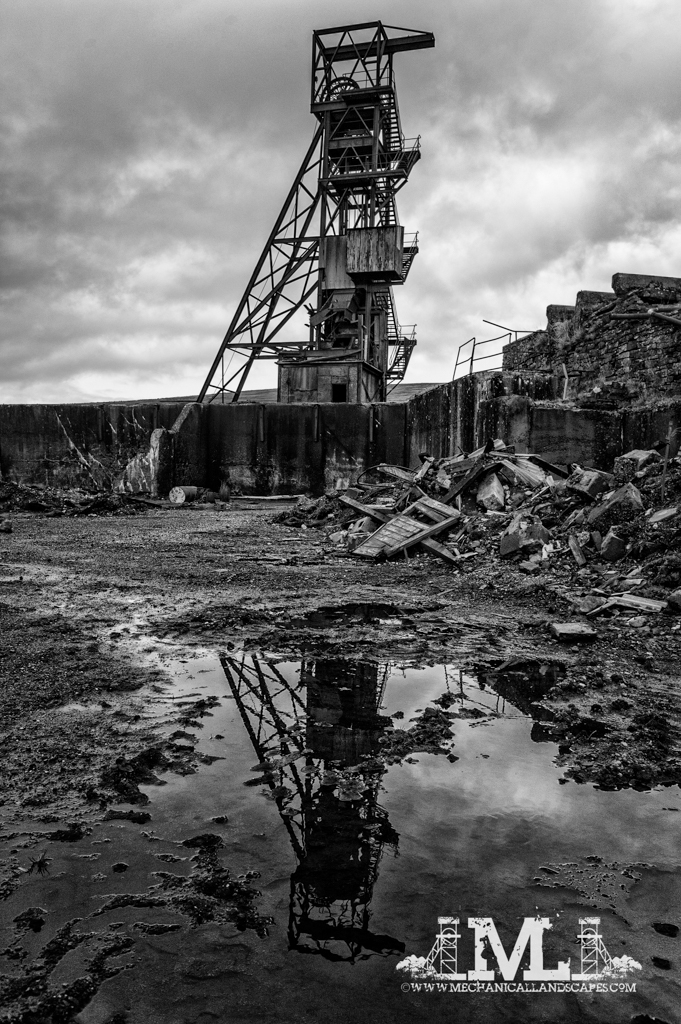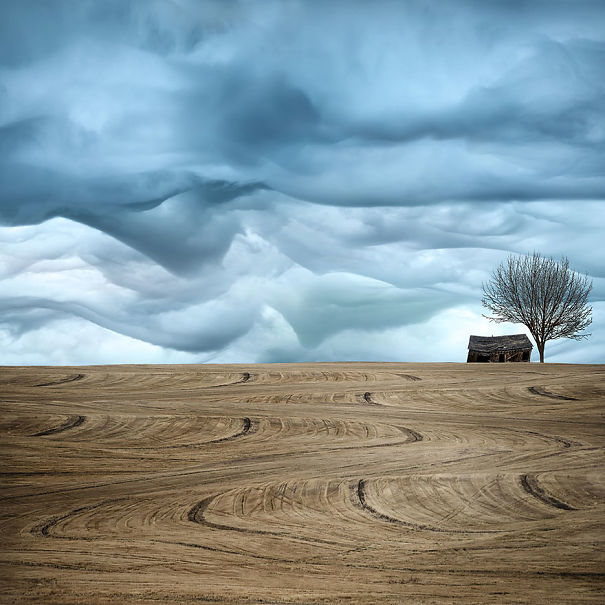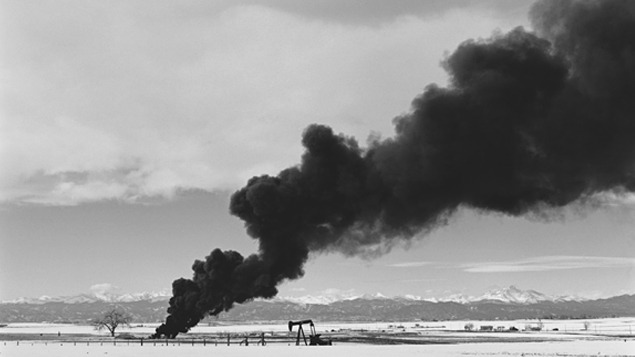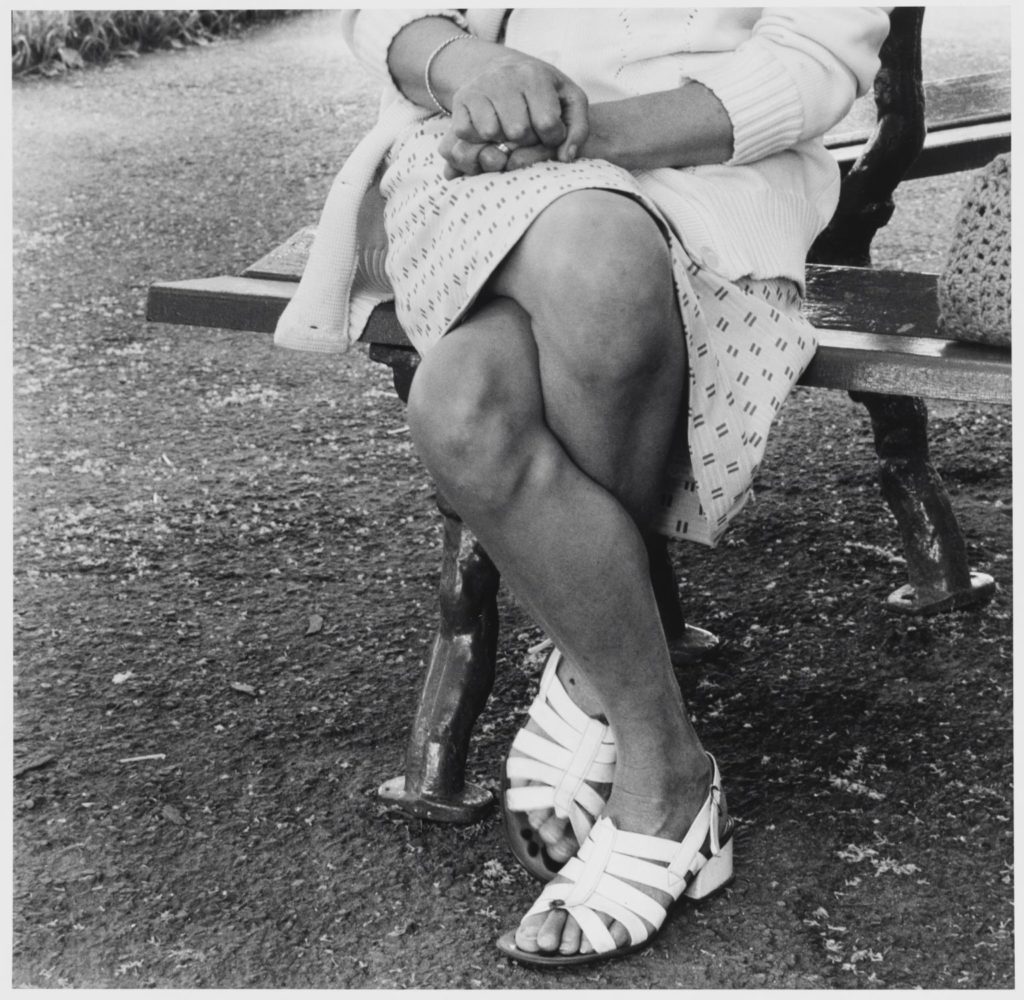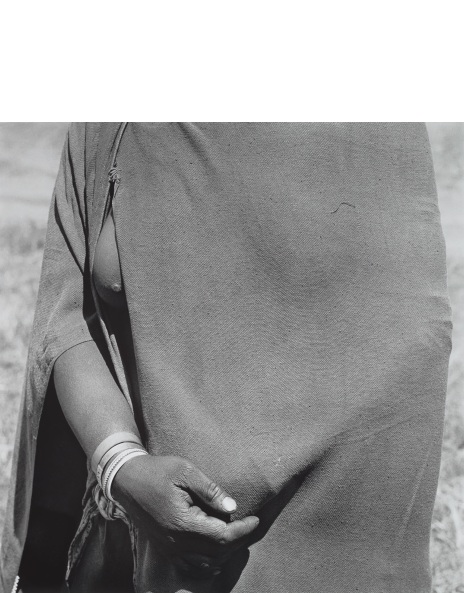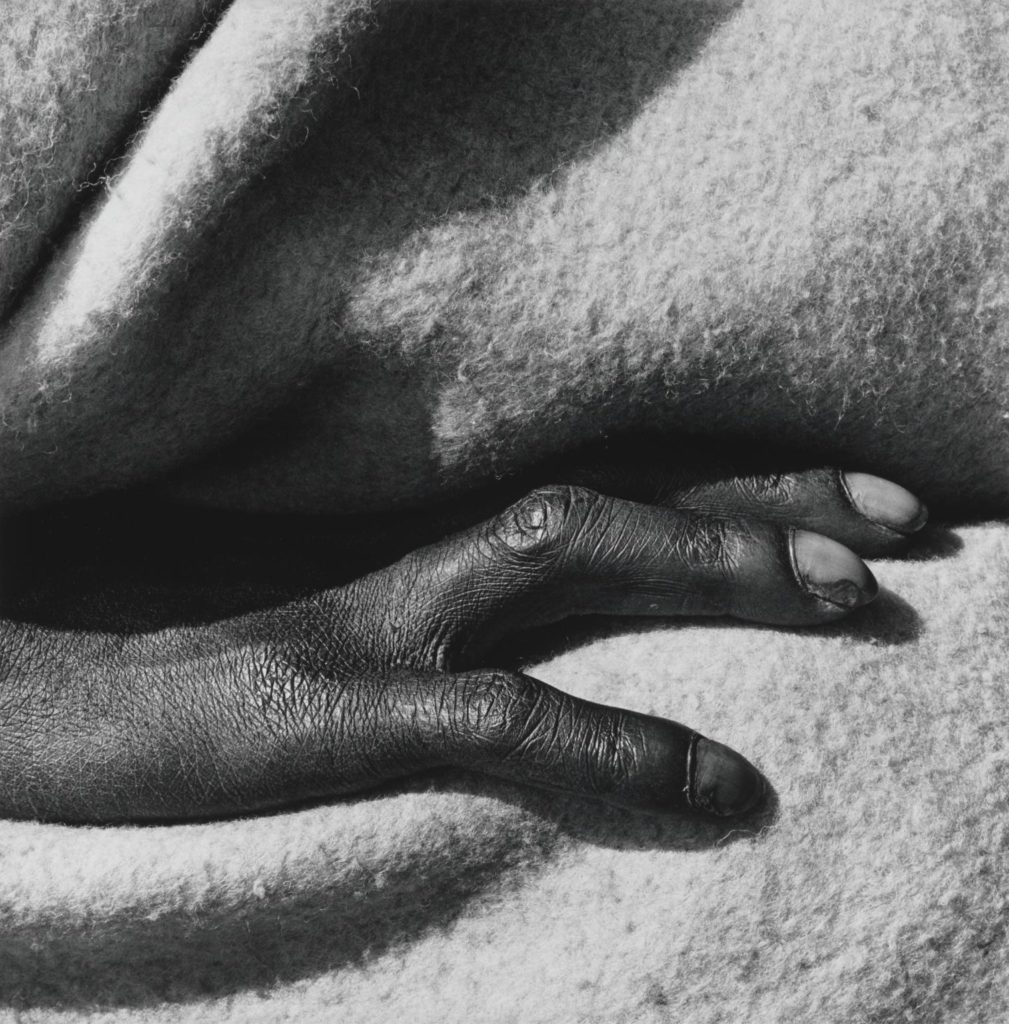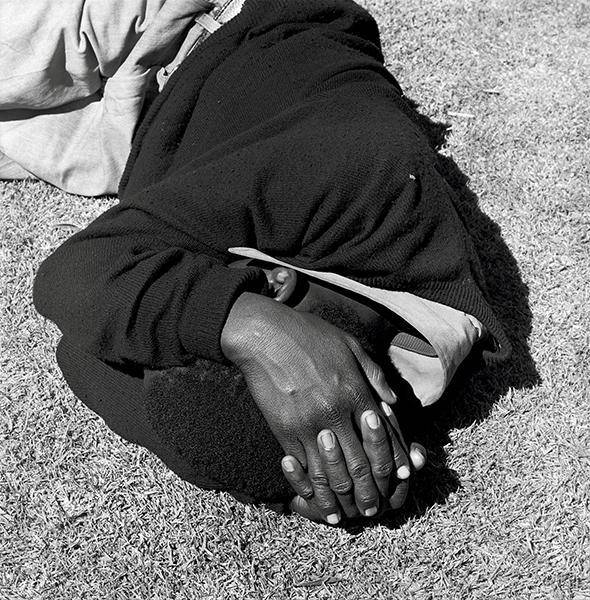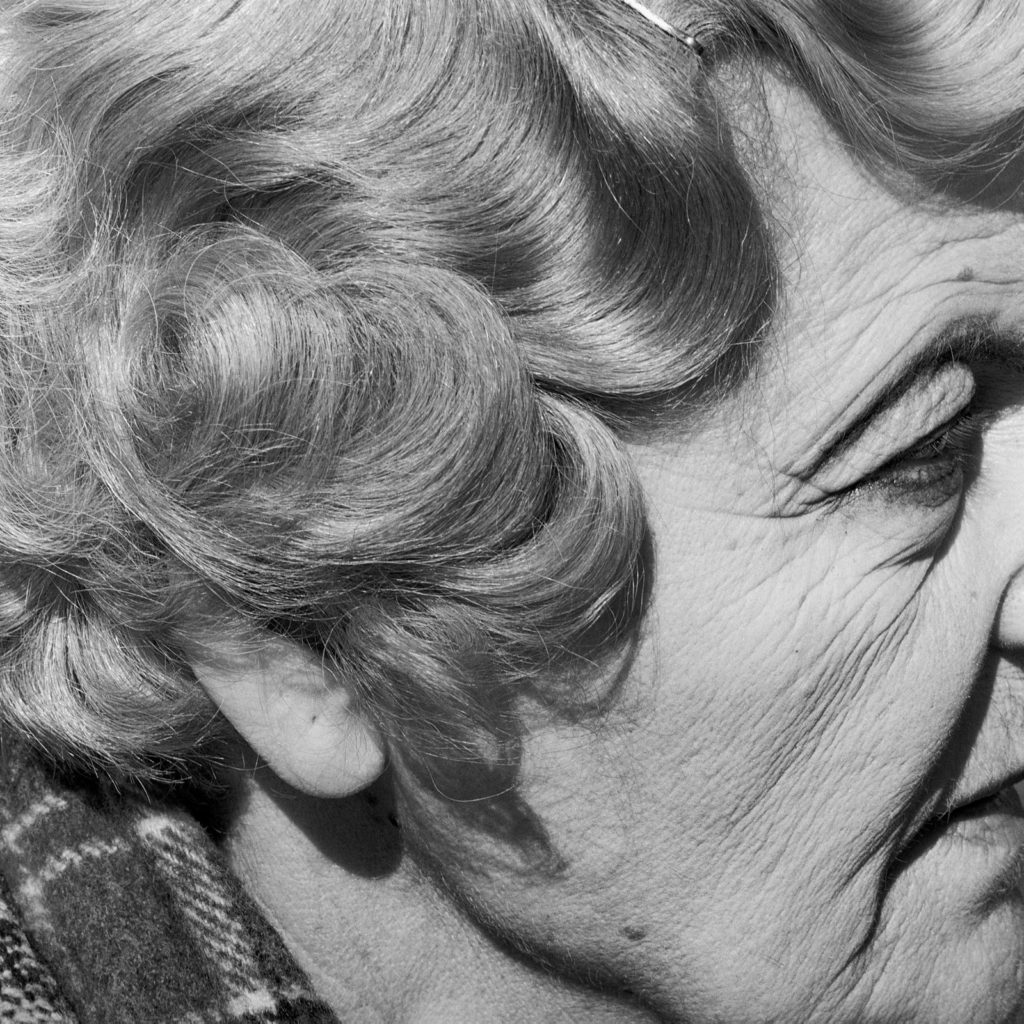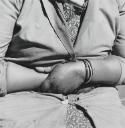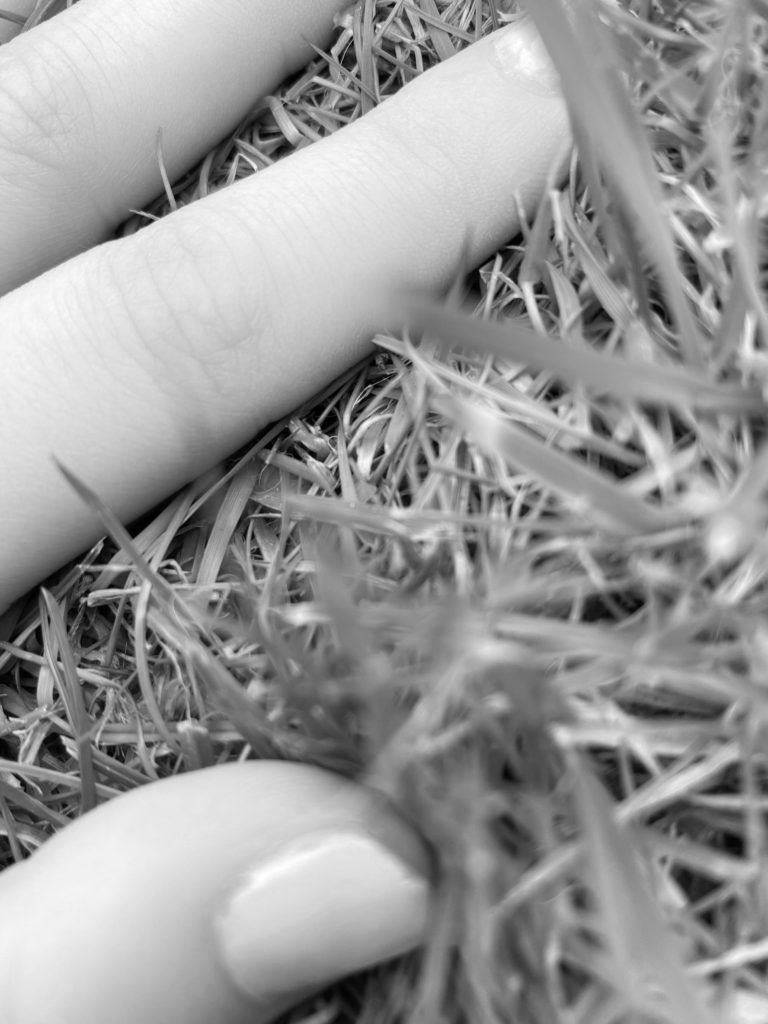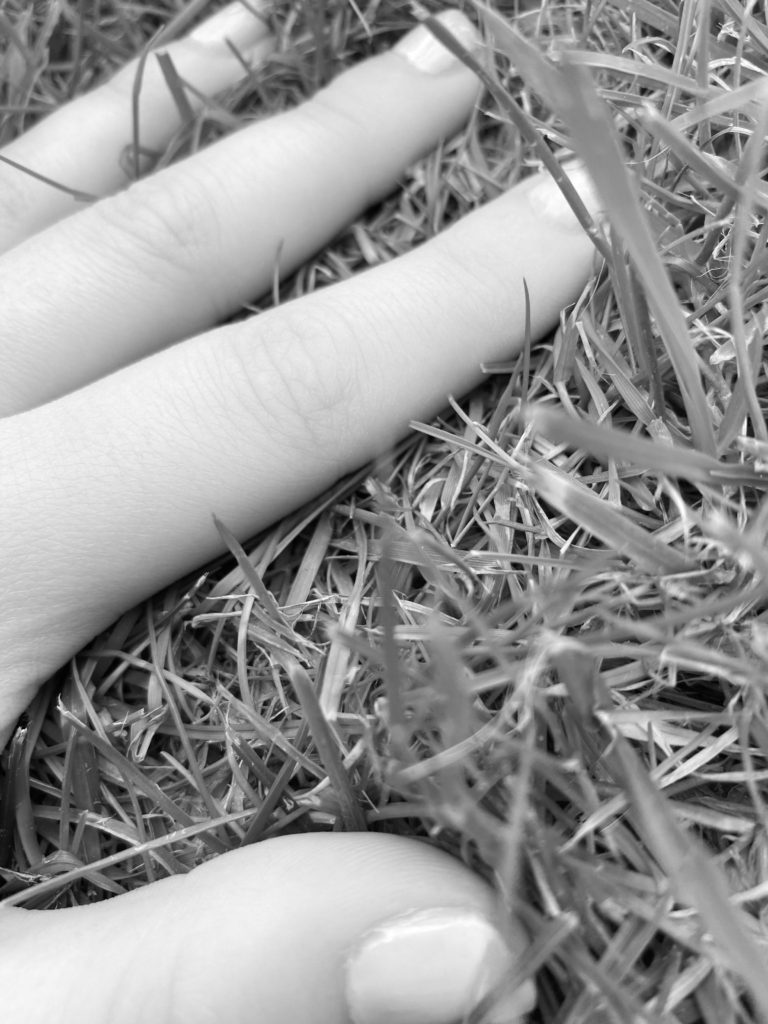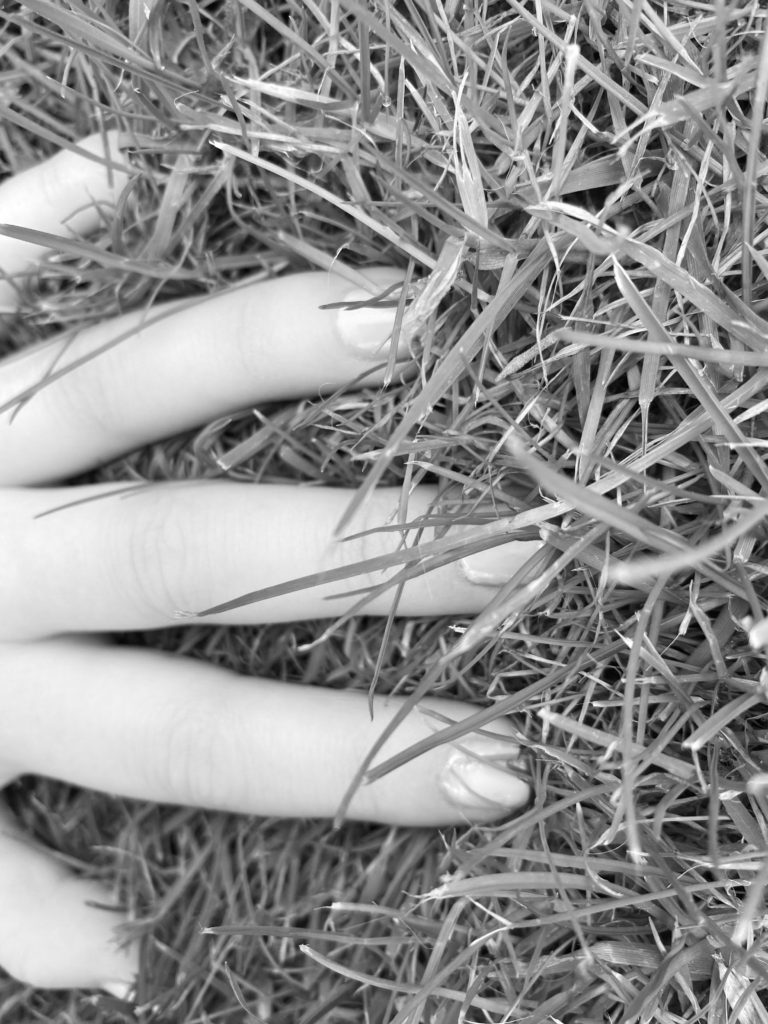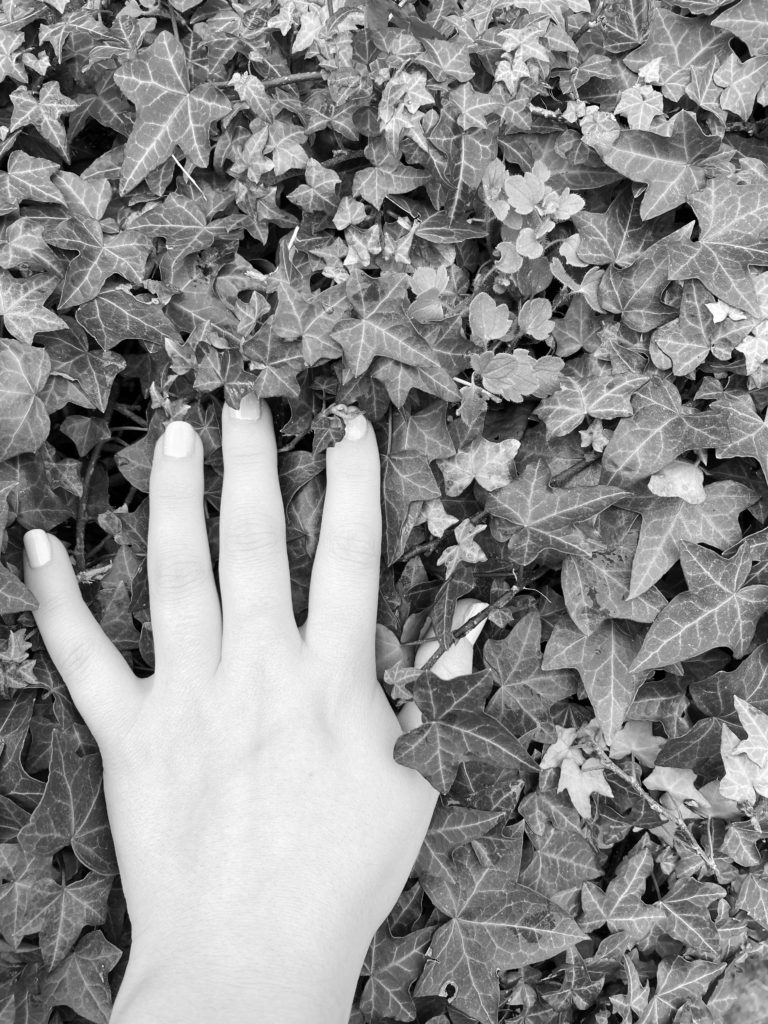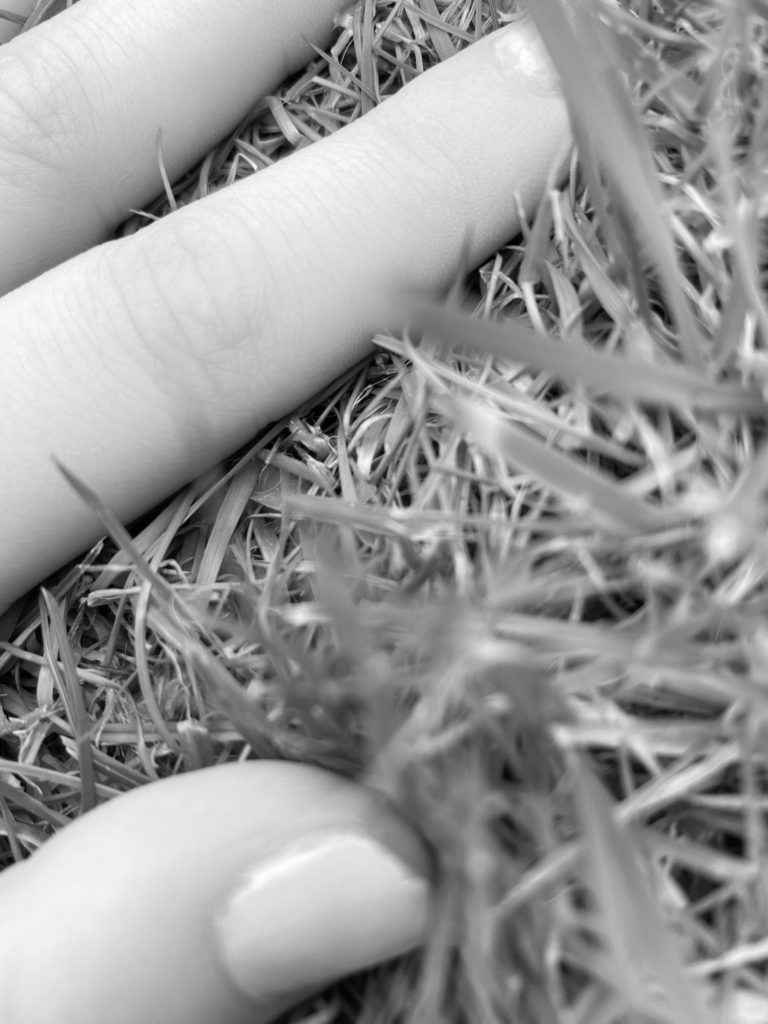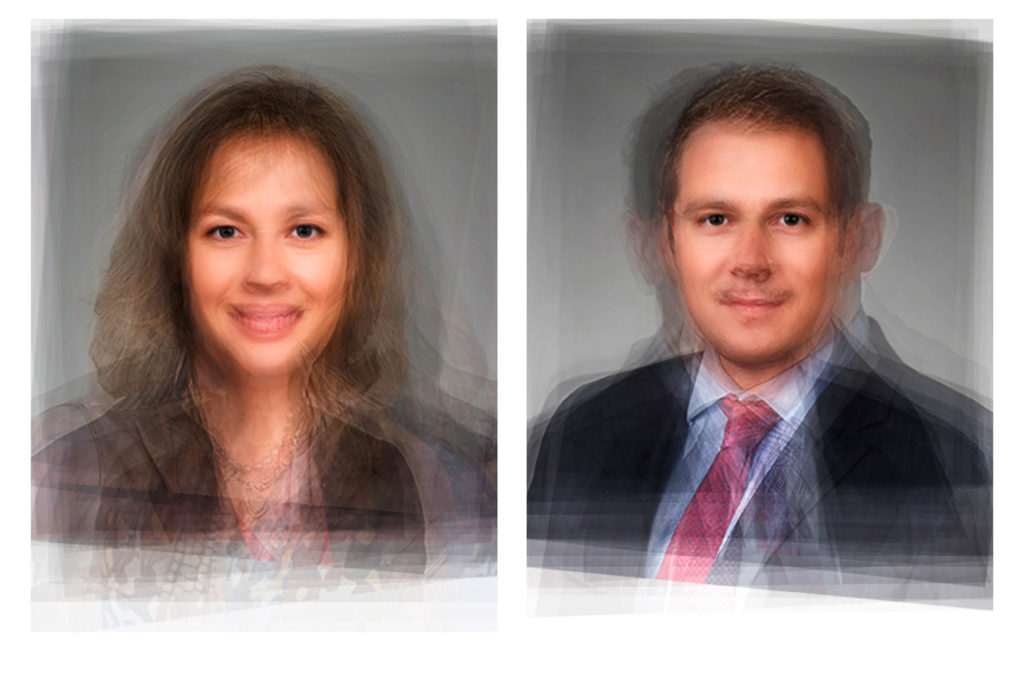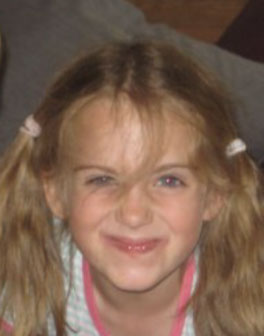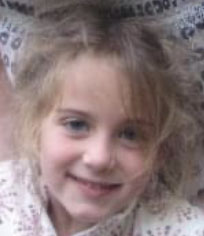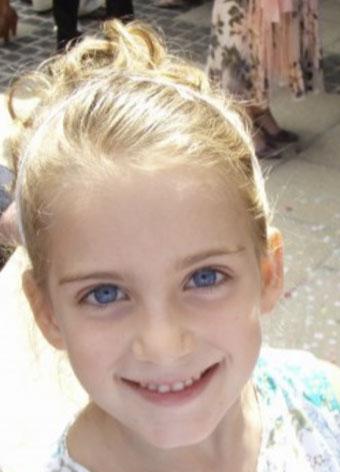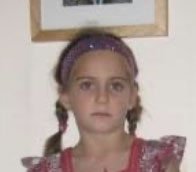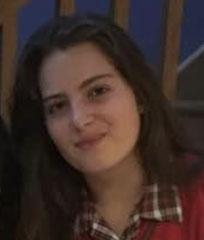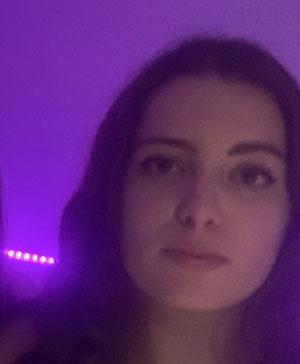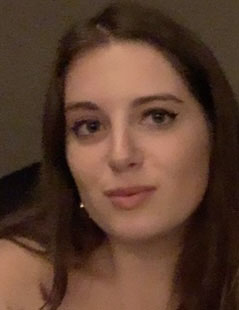‘Wynn Bullock was an American photographer whose work is included in over 90 major museum collections around the world. He received substantial critical acclaim during his lifetime, published numerous books and is mentioned in all the standard histories of modern photography.’ If you search his name online, you will find many black and white images like the ones below. They are full of natural structures, placements and show alot of contrast within them.
In 1948 Bullock met photographer Edward Weston (best known for his carefully composed, sharply focused images of natural forms, landscapes), who persuaded him that realism and tonal beauty were photography’s most valuable assets. Bullock changed his own style and strictly followed Weston’s teachings. Much of his work from that point on closely resembles Weston’s, especially in his choice of seascapes, landscapes, and nudes as subject matter. Bullock was very focused on the meaning behind such subject matter. He often intended his realistic images to be viewed as “equivalents,” photographic images that serve as visual metaphors for larger ideas, such as the passing of time and the inevitability of death.

1 
2 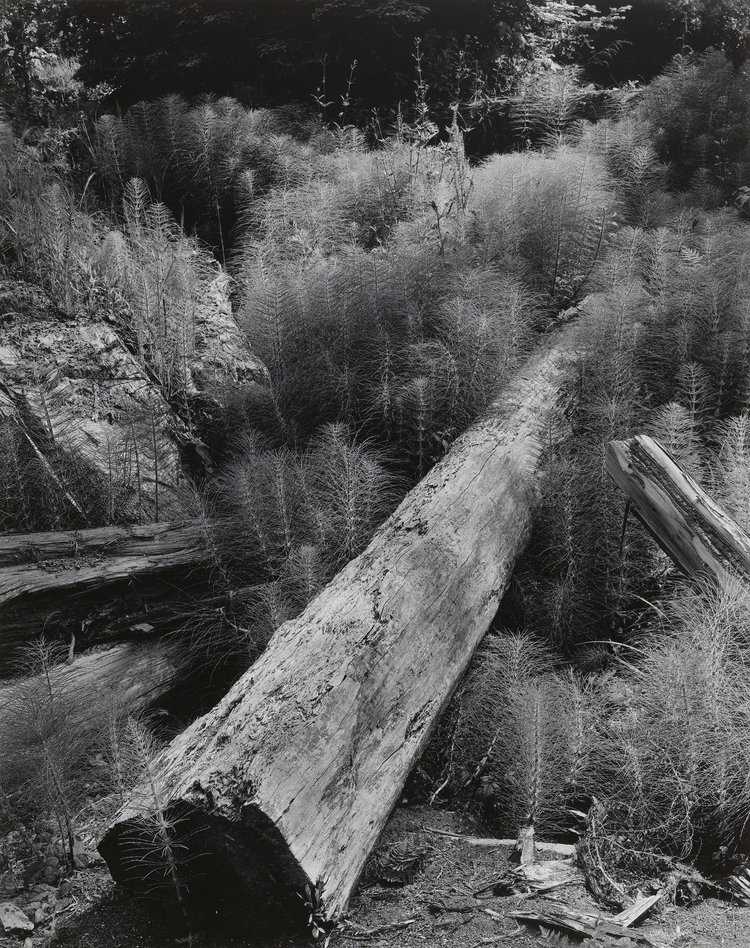
3 
4 
5 
6

At first glance, I see the top of a tall mountain, its foggy, gloomy and looks quite miserable. It seems as though everything is relatively close, you can see that there is depth however the fog is in the way. The photograph was taken in 1968, US- however it doesn’t suit its location. It seems quite mysterious and almost mystical due to that. The photograph is called ‘Sea Palms’. This definitely changed my perception of the photograph, as it made me realise what it was and made me want to ask questions such as the a picture of a beach was taken that way. When I invision the name ‘Sea Palms’, I imagine a sunny, joyful places full of colour, a beach with palm trees. This completely contrast the photograph presented under that name. Its not sunny its foggy, there is no beach in sight, no sea, only palms trees that look like hurt people kneeling over. Saying this, if the image was in colour, it may even have been what I invision (colourful, happy) but this was most likely planned, as well as the time and place- I think the photographer chose to visit this sight during fog on purpose. The photograph has also not been manipulated yet looks so unreal- which demonstrated the capabilities of nature. When actually researching ‘sea palms’, you will learn that they are small plants, a type of seaweed that grows on rocks. This completely changed my perception on the photograph- when looking at it you may see a very large cliffside with a few trees and a forest on one cliff on a very foggy day. However you may also see a rock pool covered in sea palms. The reason we may mistake the water for fog is because the photograph could have been taken at a low shutter speed, keeping the rocks still and capturing the water flow, which made it look super smooth. This would also explain the slight shift/movement blurr you can see within the sea palms.
When looking at the image I see a diagonal form.
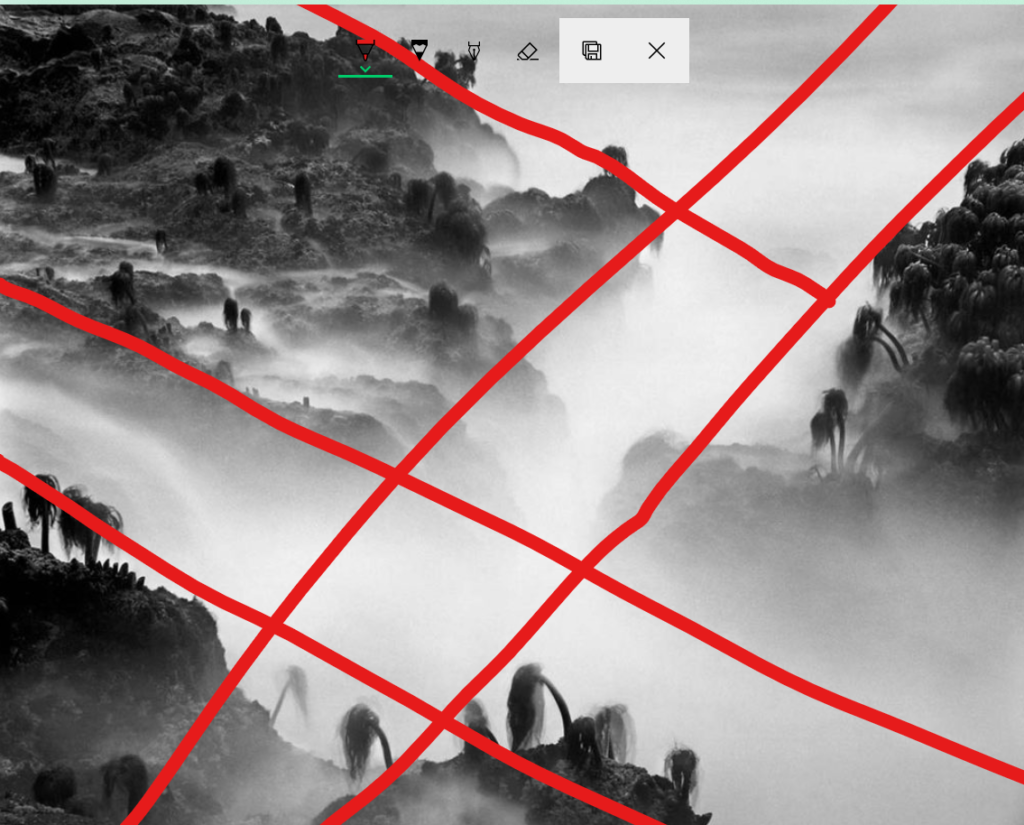
The photograph gives off a very disturbing and depressing vibe due to the darkness, fog and drooping trees. As you can see, the image is also black and white which adds to it. The image has both smooth and textures points as well as light and dark tones. Referring to Ansel Adams zone system, this images contains all from 1-10 on the scale. This makes the image even more successful.
Bullock talks about how his photographs serve as visual metaphors for larger ideas, such as the passing of time and the inevitability of death. In this particular image, I see a representation of inevitability of death. The way I see it, is the white and almost opaque fog is death, and the photographer and the palm tress (as people) cannot cross to any other platform in the image without having to pass through it. Therefore creating the idea.
About the background of the time in which it was taken, its described as a time of ‘Shocking assassinations, much hatred war and spirit of rebellion and the dawn of the television age.’ These were the assassinations’ of Robert F Kennedy as well as Martin Luther King Jr. These people of very high authority, which inevitabely caused chaos. Not only this, but U.S. troop numbers peaked in 1968 with President Johnson approving an increased maximum number of U.S. troops in Vietnam at 549,500. The year was the most expensive in the Vietnam War with the American spending US$77.4 billion (US$ 569 billion in 2021) on the war. The year also became the deadliest of the Vietnam War for America and its allies with 27,915 ARVN soldiers killed and the Americans suffering 16,592 killed compared to around two hundred thousand PAVN/VC killed. The deadliest day of the Vietnam War for the U.S. was 31 January at the start of the Tet Offensive when 246 Americans were killed in action. With all these things going on in 1986, all the news was broadcast thoroughly due to the dawn of the television age.
This could change ideas on the photograph. Already knowing that it may represent the inevitability of death, it can be portrayed in more detail. One idea is that the water/fog represents the tear gas used in wars and the dark, drooping sea palms could represent society (depression, helplessness).





